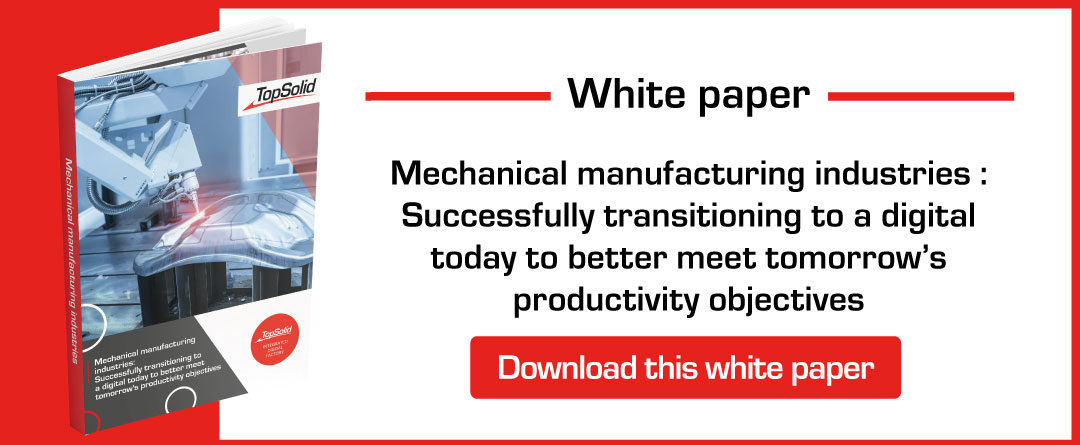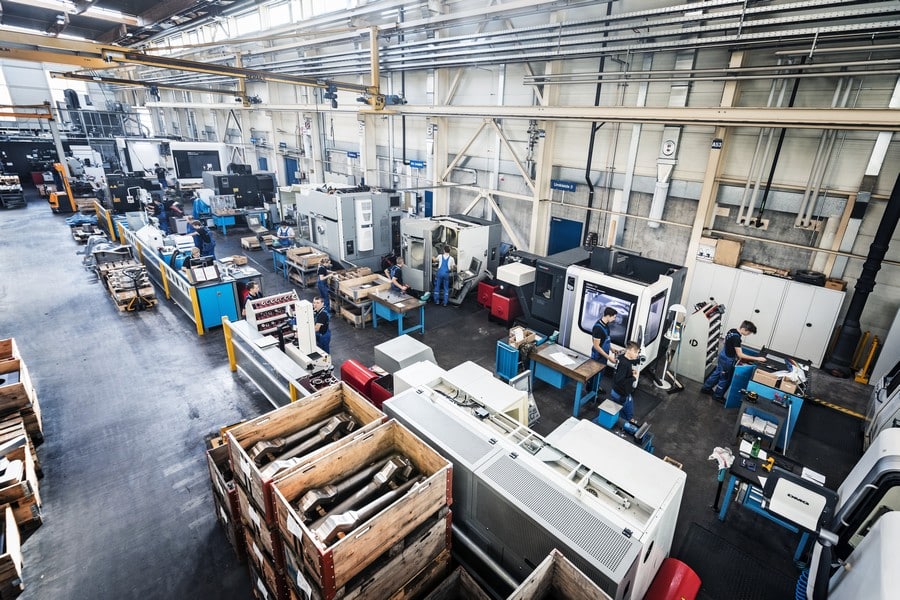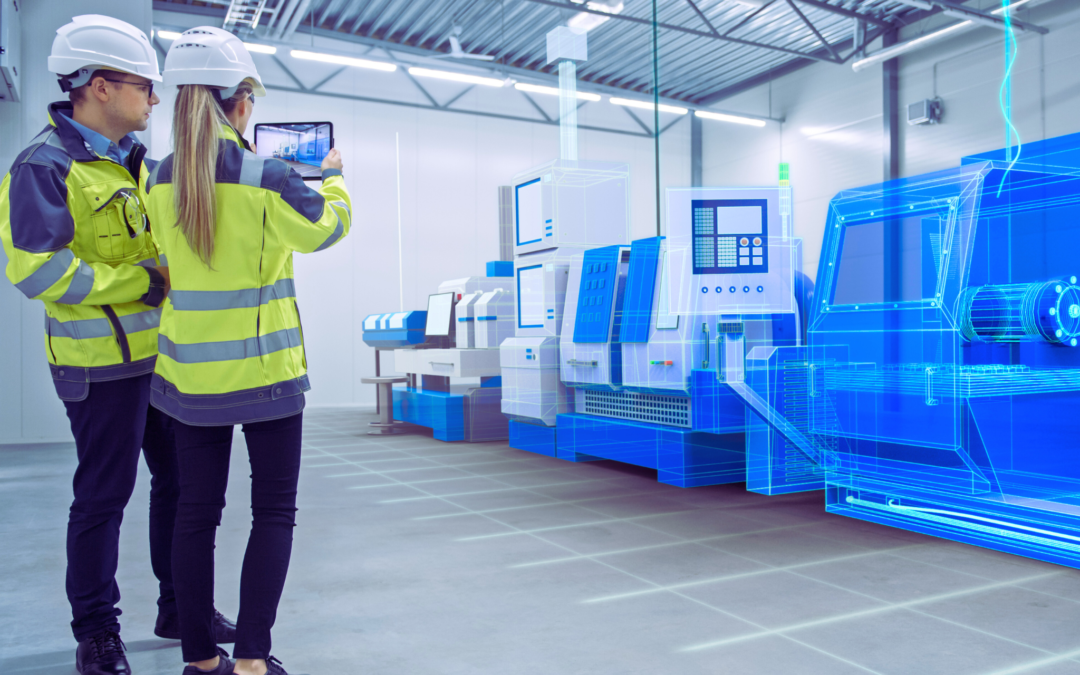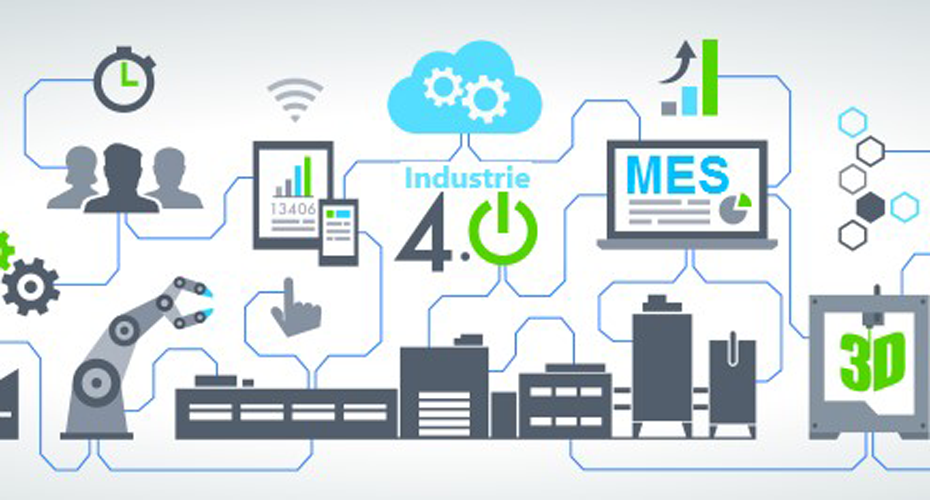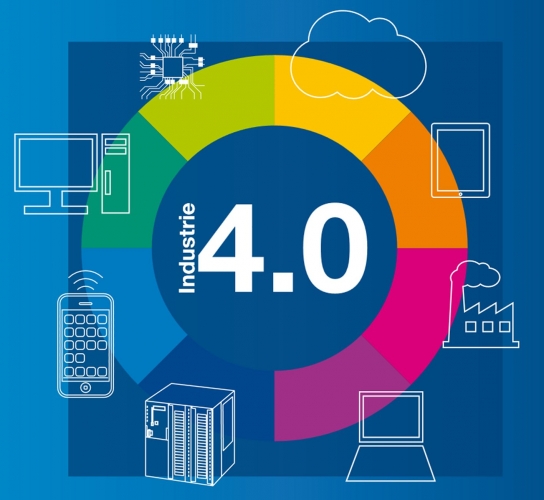
Why should SMEs consider tailor made configuration?
Customized configuration is a key component of digital engineering
With the integration of digital technologies and the automation of information systems, engineering 4.0 (or digital engineering) has revolutionized object design, manufacturing, and production processes. This is how tailor-made configuration has emerged. Digital tools empower users to hyper-personalize their products by playing with various combinations. For that, the customer can adjust his modifications on a 3D simulation to achieve the desired result. In an increasingly competitive production environment, hyper-personalized configuration answers to the growing trend towards mass customization. It is also a solution to the consumers’ desire for personalization and the resulting need for production flexibility. Nowadays, industries wishing to remain competitive must be able to rapidly modify their production lines without losing quality. Therefore, it is essential for them to invest in a high-performance tool capable of multiplying configurations.
Hyper-personalized configuration: a tool beneficial to all levels of a business
Hyper-personalized configuration is primarily seen as a sales support tool, but its benefits go way beyond the sales department alone – particularly in industry. Customized configuration provides numerous advantages at various levels of the business, including:
- A tenfold increase in production reliability: 3D visualization and details of modifications, made by the design office, during the design phase, enable the manufacturing of error-free complex products.
- Offering consistent prices with real-time updates: with customized configuration, you can monitor real-time price adjustments based on changes made during the design phase. This allows you to sell and produce at the best price without reducing profit margins.
- Expanding your market reach: the number of configurations enables access to a broader customer base. Moreover, customized configurations create a seamless connection between the design and the final product. Consequently, the production begins only after an order is place by the customer.
- Empowering customers: as decision-makers from start to finish of the design process, users can hyper-personalize their products. Customized configuration reduces the discussions between the customer and the design office and significantly reduces the time spent on the project by the latter.
- Improving the competitiveness of all businesses: large corporations, SMEs, SMIs… This technology is accessible to all types of industry. Indeed, in the context of a mass production strategy, small businesses may struggle to remain profitable if they are unable to expand to produce more. Thanks to customized configuration, small and medium-sized businesses can get more profitable without significantly increasing their production.
The range of CAD, CAM, ERP and PDM TopSolid solutions
Top Solid’Design: custom configuration for manufacturers
TopSolid’Design is CAD software designed to optimize the work of the design office at every stage of the design process. With this in mind the Product Configuration module enables designers to propose customized configurations. The process is straightforward: parts are configured from the 3D model and its possible variants. Everything is designed using native design office data. With just a few clicks, users can customize the product’s appearance to match their wishes and budget, with real-time adaptability. At the end of the configuration process, the design office takes the reconfigured file, makes the modifications required by the user, and sends it to manufacturing. Our Product Configuration module is suitable for both B2B (for industrial customers, resellers, or partners) and B2C. This module meets the user’s demand for customization while streamlining the design office’s workflow. As a modular solution, TopSolid’Design is compatible with most market formats, including our TopSolid’Cam manufacturing software – without any loss of data. Our flexible solution is adapted to the needs of industry designers. It offers:
- full traceability throughout the design process,
- time-saving benefits for the design office through collaborative work,
- sharing of native CAD files,
- …and robust data security and access control.
Try TopSolid’Design: Contact us now!


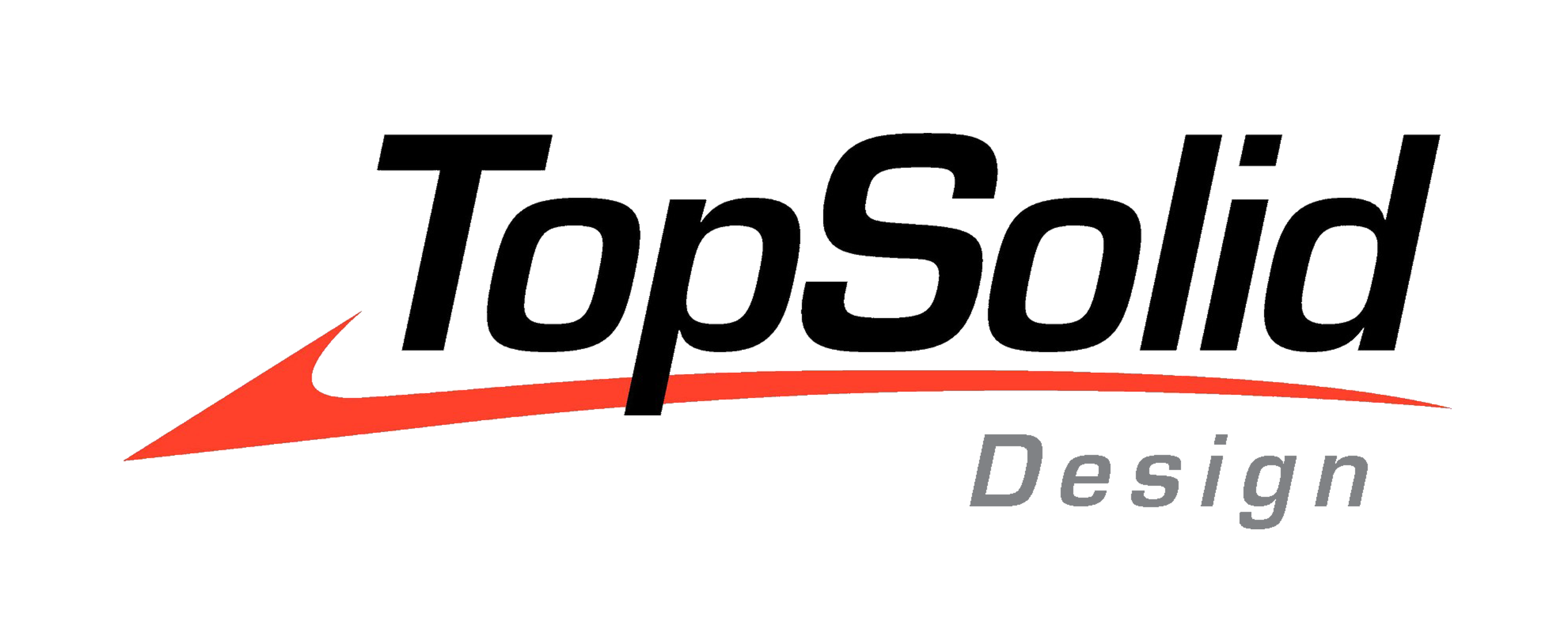
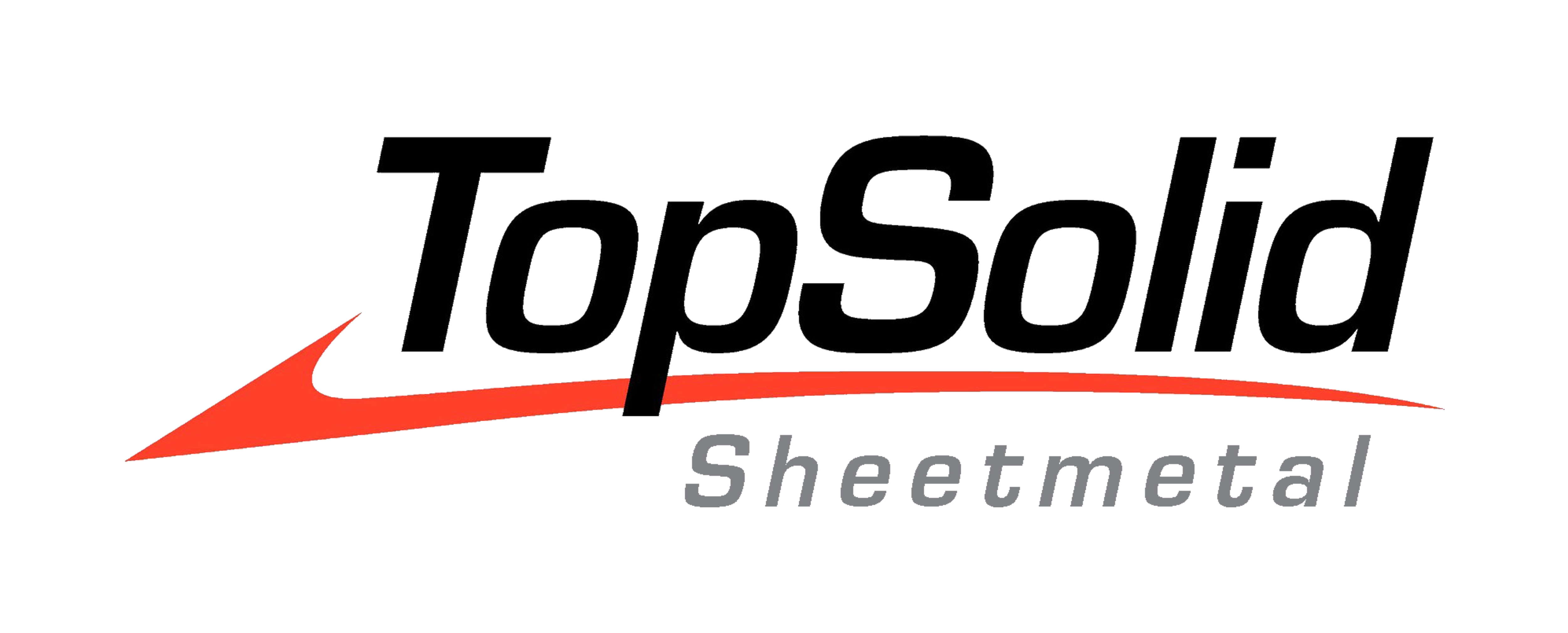

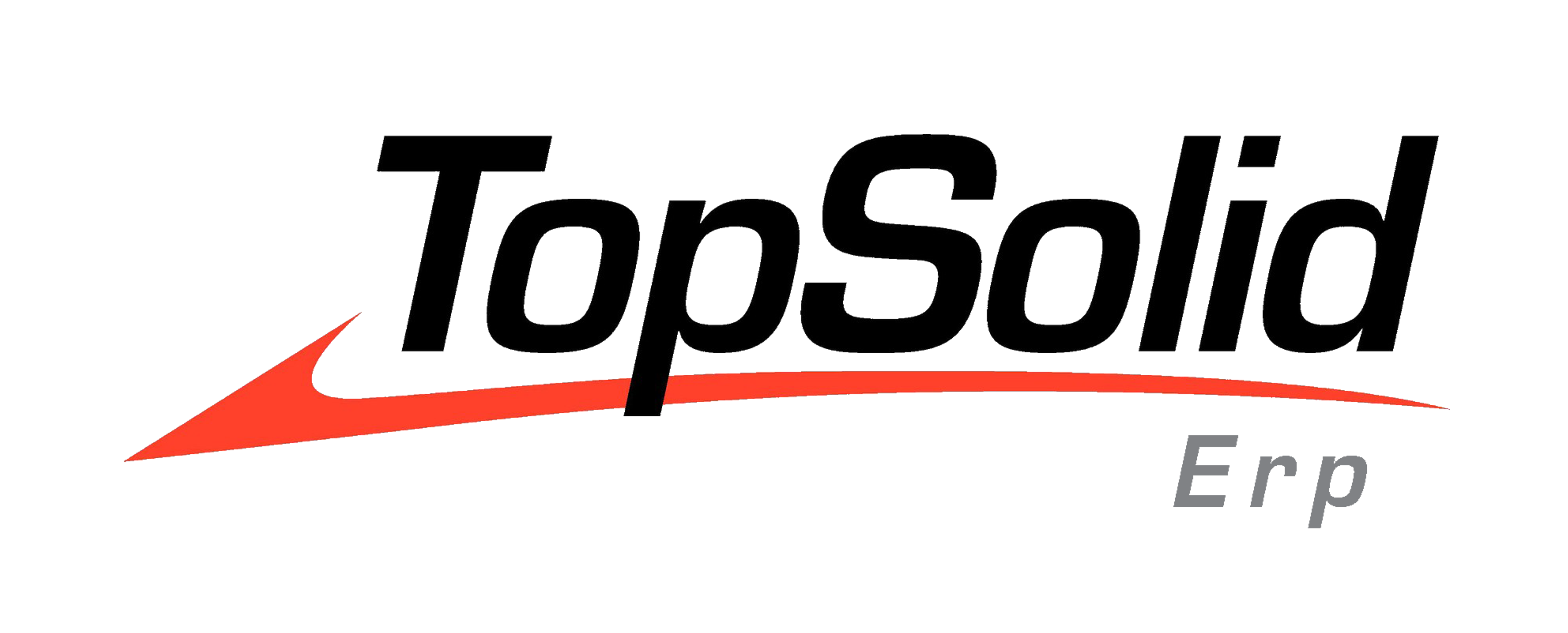
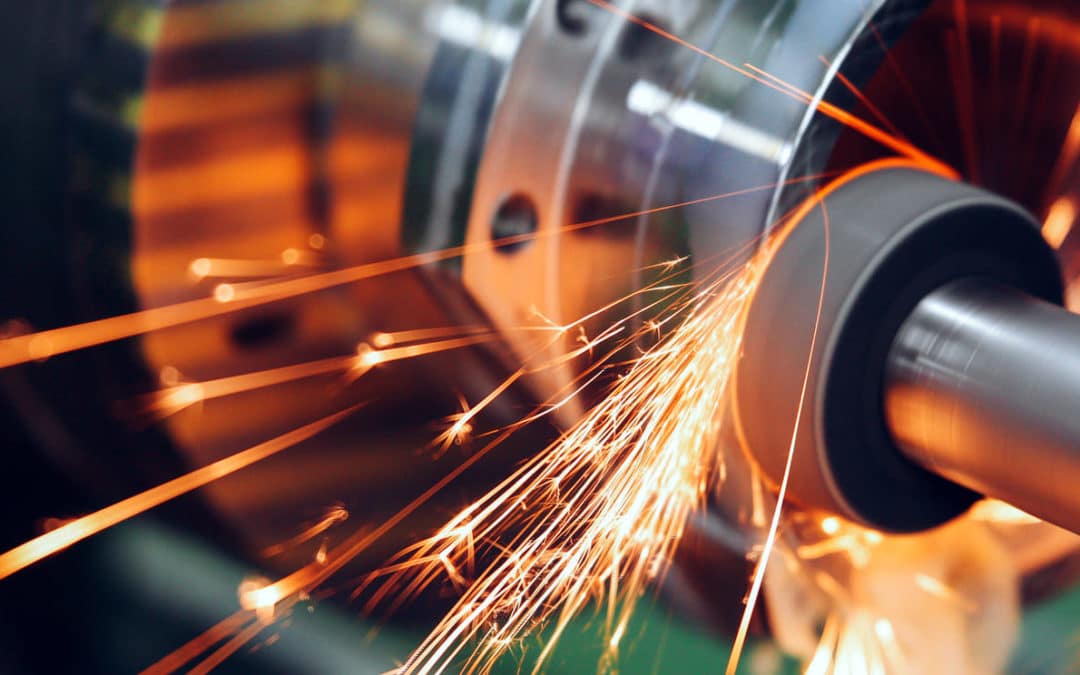
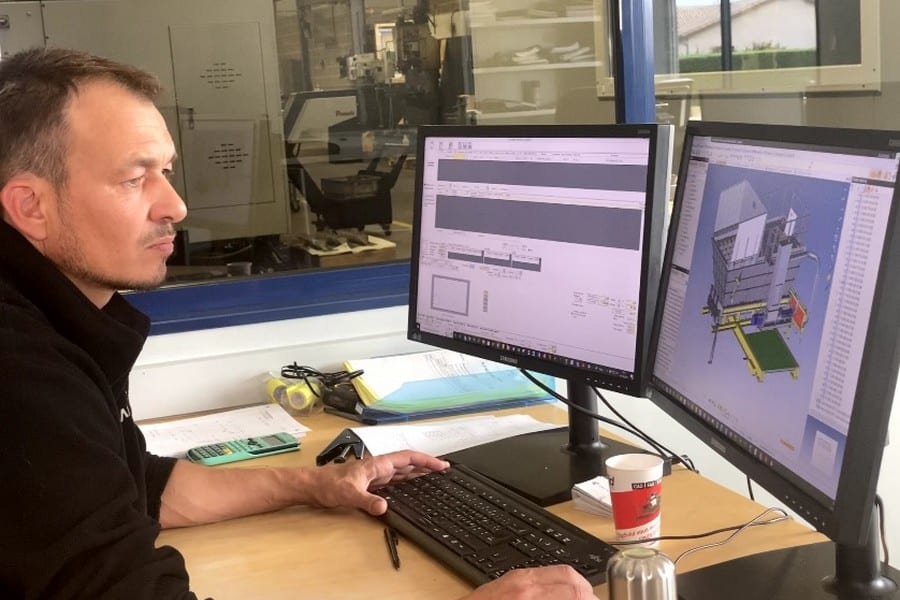
![Mechanical engineering: making a successful digital transition today to better meet tomorrow’s productivity objectives [WHITE PAPER]](https://blog.topsolid.com/wp-content/uploads/2022/07/LB-Industrie-Mecanique-Blog.jpeg)
